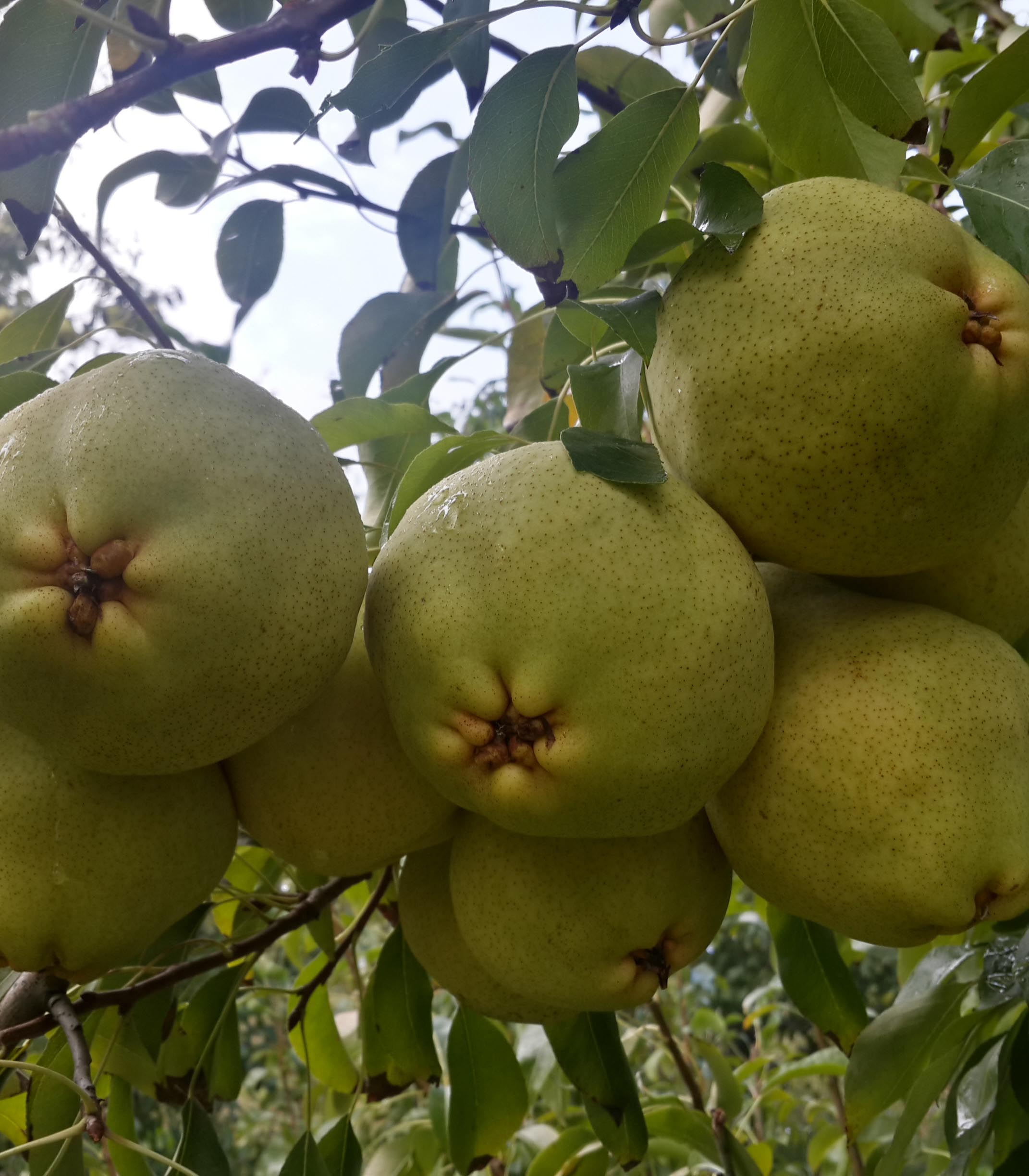
Climate and Soil Requirement
The best climate for quince trees is temperate marine climate. We, however, frequently come across quince at such places of our country so far from the marine climate, for instance in the provinces of Central Anatolia. However, growing quince sticks to proper vectors and valleys in such places.
A quince tree is resistant to winter cold as much as a pear tree in the conditions of Turkey. The winter cooling requirement of this fruit variety is less as compared to apple and pear (Özbek, 1979). Due to the fact that blossoms form at the tip of the shoots growing during the current year, it blossoms late especially in cold places. It blossoms together with plums in warm climates. It does not grow well in windy places. Branches break. There will be too much fruit falling. Leaves and fruits are sensitive to sclerotinia’ (mummy). Yield will be endangered in places with heavy precipitation (Soylu, 1997).
Quinces grow best in sandy, loamy, permeable warm soils. As the roots are exposed and fail to go much deeper, soil may not necessarily be so deep. However, they must never come together with choking humidity conditions. Fruits become xyloid and quality gets poorer in cold and humid soil. If hawthorn is used as rootstock for quince, while it is possible to grow it in dry sandy soil, trees usually grow weaker and yield is reduced in such cases.
